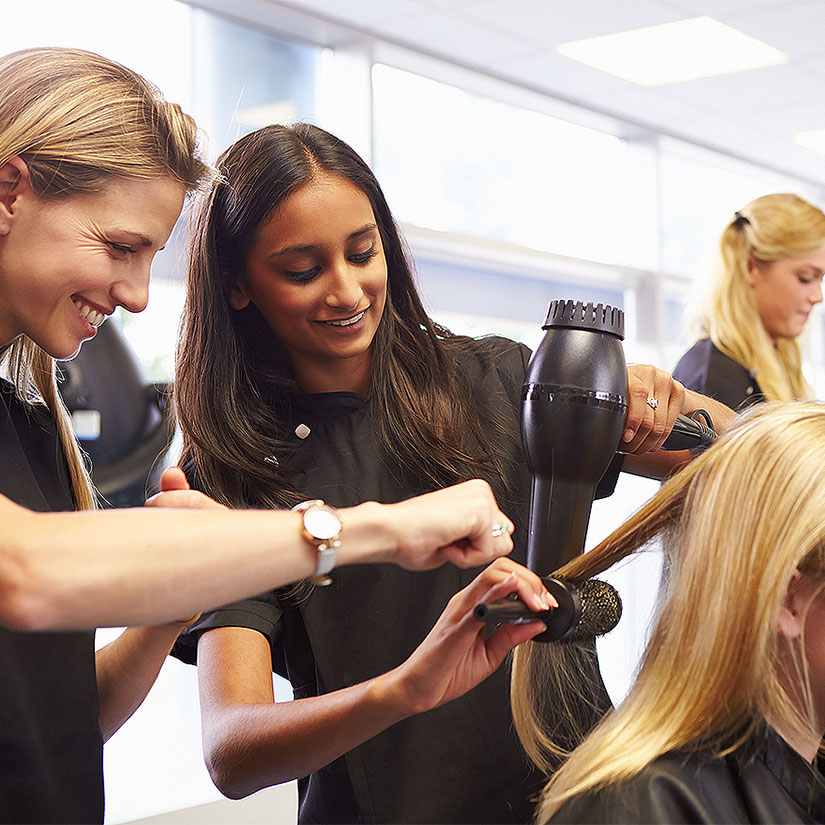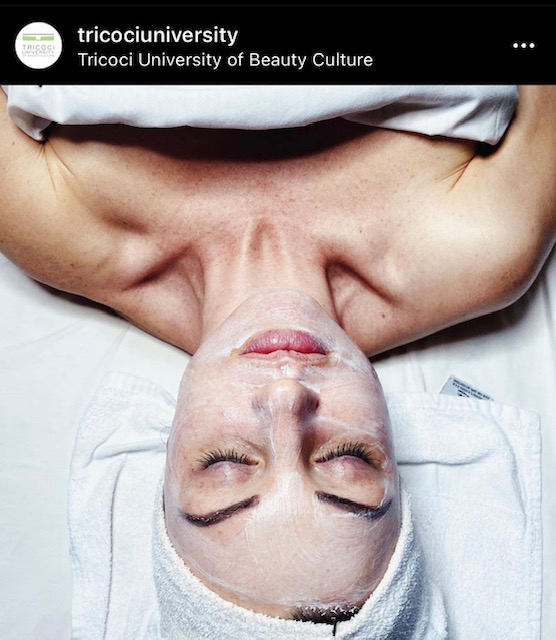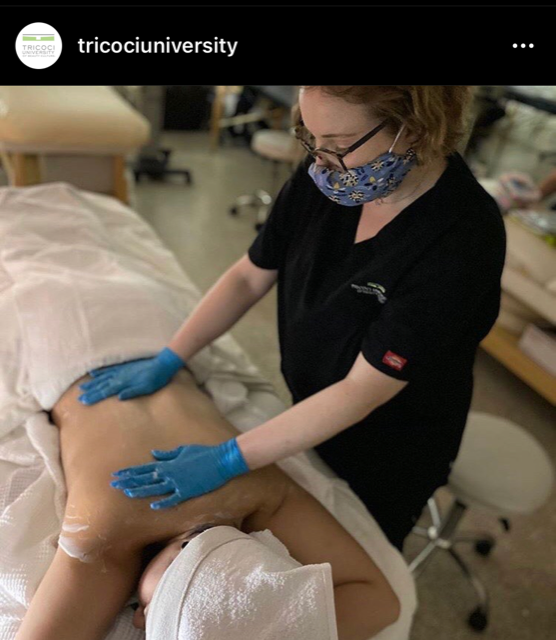Being an esthetician requires a lot of different skills. Providing excellent knowledge of skincare is only the first step. An esthetician must also have business savvy and a knack for superb customer service. Organizational skills and effective time management are a necessity to becoming a successful esthetician.
Esthetician trade school, sometimes also spelled as aesthetician school, can teach you all the ins and outs of the job. Here is a brief look at a day in the life of an esthetician.
Review Appointments
After arriving at work, an esthetician immediately reviews their upcoming appointments that day. Knowing what clients are coming in and the services they need helps the esthetician mentally prepare. This knowledge also helps them plan how to get organized.
Get Organized
Organization is key to ensuring the esthetician has a successful day. Time spent looking for supplies during an appointment is time wasted. It can also disrupt the ambiance of the appointment, decreasing customer satisfaction.
Organization includes turning on and sterilizing any devices or tools. It is also important to ensure that the appointment room is fully stocked with treatment creams, as well as items like sheets and disinfectants. The items required will vary depending on what treatments the esthetician is administering that day.
Set the Mood
Before the day’s first appointment begins, an esthetician must ensure that their space is pleasant and calming. Many people decide to see an esthetician not only for skincare expertise, but also as a form of self care to relax in an inviting environment. Creating this special environment can involve putting on relaxing music, arranging soft mood lighting, or using scented steam. A clean and appealing ambiance is a key part of ensuring client satisfaction.
Start Clients Appointments with a Consultation
Every client appointment starts with a consultation. If a client is new, the esthetician asks questions to learn about the client’s skin, skincare habits, and goals. New clients should be asked to sign a consent form as well.
If the client is a regular, the esthetician asks how the client’s skin has changed since the previous appointment. Other lifestyle changes that could alter a client’s skin should be noted as well. These include diet, stress, sleep habits, and environmental factors.
Cleanse the Client’s Skin and Administer Treatment
Before administering treatment, the esthetician always cleanses the client’s skin. This ensures that the client’s skin is primed to receive the optimal benefits from the treatment. It also removes any oils, makeup or residue on the skin and provides a clean foundation for other products that may be added later on.
The treatment is then administered. Each treatment should be customized to suit the client’s needs, as determined by the consultation. No two clients have the exact same skin. Being able to discern the specific needs of each client is a key to being an excellent esthetician.
Provide Excellent Customer Service During Treatment
The client’s preferences dictate how the esthetician interacts during treatment. Some clients prefer to relax in silence during the appointment. Others enjoy chatting with the esthetician like a friend.
Estheticians must be able to gauge each client’s experiential preferences and respond accordingly. Even for regular clients, these preferences may change from session to session. No matter how friendly a client is, it is important for an esthetician to maintain a professional demeanor.
Building excellent personal relationships with clients is the best way for an esthetician to grow her business. Clients who feel loyal to their esthetician are more likely to keep coming back. They are also more likely to refer the esthetician to people in their own networks.
Time Between Appointments
An esthetician uses their time between appointments for preparation and business development. Preparing entails cleaning up from the previous appointment. Any used equipment must be re-sterilized. Clutter is tidied, and the pleasant ambiance reset.
Business development includes calling clients to remind them of upcoming appointments. It could also be checking in on clients who came in several days ago or haven’t come in a while. This helps further strengthen the relationship between an esthetician and her clients.
Being an esthetician is a fast-paced, fulfilling job. If you’d like to learn more about the process of becoming an esthetician, reach out to Tricoci University to learn about requirements and an esthetics curriculum.







